
3 Reasons Lead Sheets Belong in Every Piano Teacher’s Toolkit
Share
For many piano teachers, the idea of using lead sheets might seem at odds with the traditions of classical training. After all, where’s the fully notated score? The dynamic markings? The pedaling? But here’s the truth: lead sheets don’t replace traditional notation, they enhance it.
When students learn from lead sheets, they’re not abandoning structure. They’re developing the musicianship skills that bring structure to life: chord fluency, harmonic understanding, improvisation, and creative freedom.
Here are three ways incorporating lead sheets into your lessons can make your students stronger, more independent, and more inspired musicians.
1. Improvisational Skills
Improvisation can feel intimidating for both teachers and students who’ve spent years reading notes off a page. But the beauty of lead sheets is that they naturally introduce improvisational thinking without needing a jazz background.
By using chord symbols instead of fully notated accompaniments, students learn to make real-time musical decisions:
- How should I voice this chord?
- What rhythm fits best under this melody?
- Can I add flow or sneak in a cheeky extra flavour?
These questions lead directly to creativity and ownership. Students start making music, not just playing it. Comping patterns, chord voicings, and rhythmic improvisation become second nature, and suddenly every song becomes a new opportunity to create.
2. Stronger Sight Reading and Harmonic Awareness
Lead sheets also help develop sharper harmonic analysis skills, which directly support stronger sight reading in traditional notation.
When students are comfortable reading chord symbols, they start to see patterns in written music: progressions, inversions, cadences, and modulations. This harmonic understanding gives context to what they read on the page, making even complex classical scores more approachable.
The result? Students who can glance at a chord progression and instantly grasp the harmonic structure of a piece. It’s a powerful advantage for any pianist, classical or contemporary.
3. More Opportunity for Self-Guided Learning
One of the biggest frustrations for both students and teachers is finding the right arrangement - something that fits a student’s skill level, matches their taste, and still teaches meaningful skills.
With lead sheets, that problem disappears. Students can head to a sheet music website like musicnotes.com or sheetmusicplus.com, download a lead sheet (or even a standard Piano/Vocal/Guitar chart), and start creating their own arrangement.
They can simplify, reharmonise, or expand on what’s there, all guided by the chord symbols and melody line. It’s a self-directed, creative process that builds confidence and independence, while still reinforcing theory, ear training, and stylistic awareness.
Lead Sheets and Traditional Notation: Better Together
Using lead sheets doesn’t mean abandoning notation. It means giving students a new dimension of musicianship.
By pairing the two, teachers can bridge the gap between reading and creating, between theory and performance. Students learn not only how to interpret music but how to make it their own.
Ready to Dive In?
Learn how to introduce lead sheets, teach comping patterns, and build creative confidence in your students with Lead Sheet 101 - the ultimate modern piano teaching resource.


![Lead Sheet 101 eBook [Single License] Pay What You Can](http://wickedkeys.com.au/cdn/shop/files/wickedkeys.com.au.png?v=1760493645&width=533)
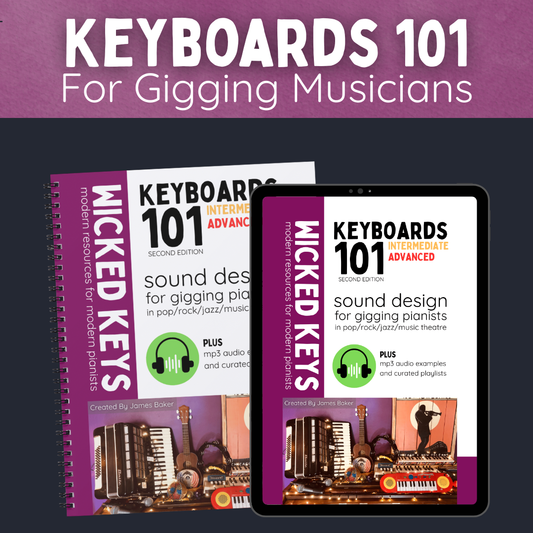

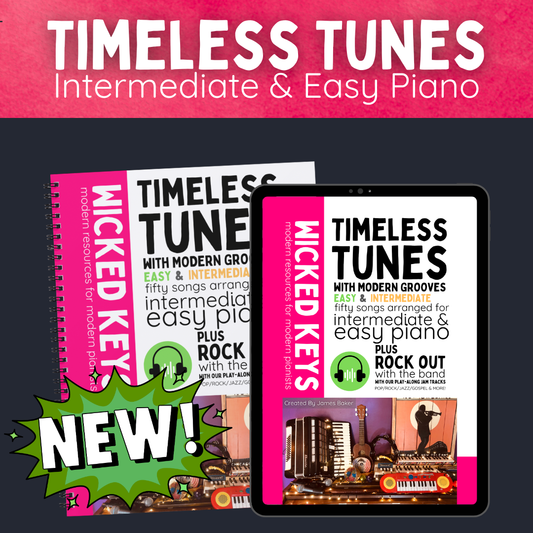
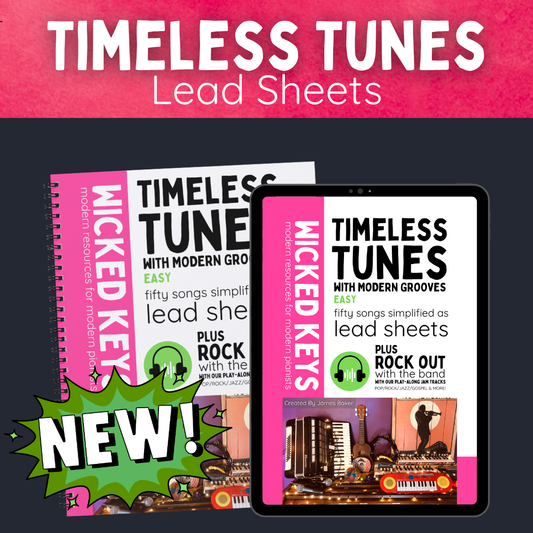
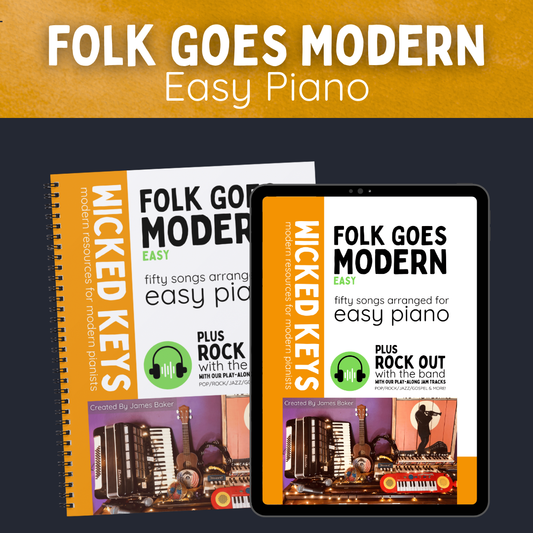
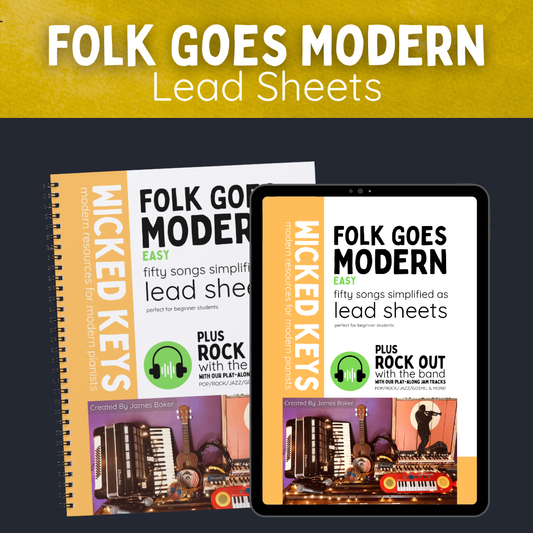
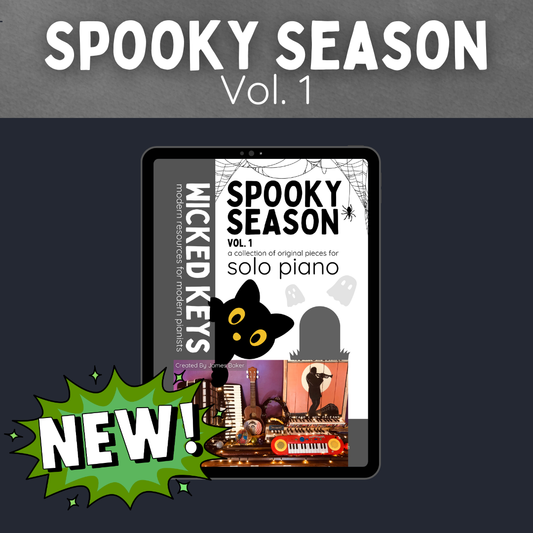
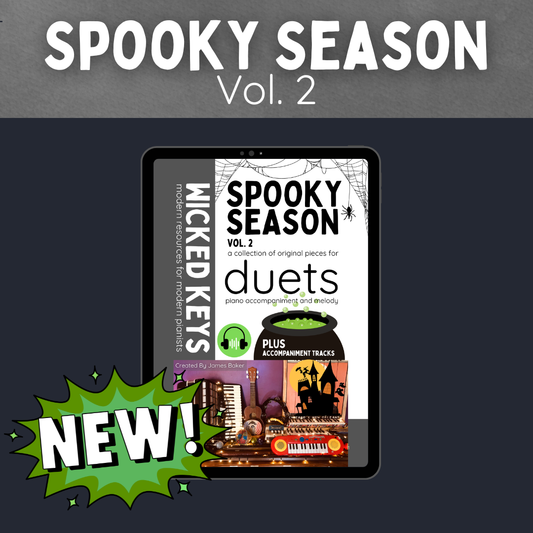
![An Easy Christmas eBook [Single License] Pay What You Can](http://wickedkeys.com.au/cdn/shop/files/Product_Cards-2.png?v=1760559825&width=533)


![[COMING SOON] Junior Jazz Vol. 1](http://wickedkeys.com.au/cdn/shop/files/22_497fc077-4911-4527-bfad-a7749288e7ca.png?v=1759207635&width=533)
![[COMING SOON] Beginner Blues Vol. 1](http://wickedkeys.com.au/cdn/shop/files/23_844563d1-4c1b-4d59-97de-72c8f9c5122a.png?v=1759207694&width=533)
![[COMING SOON] Accompanying 101](http://wickedkeys.com.au/cdn/shop/files/18_f4c8b907-7385-46b3-801a-77b28cf7d83d.png?v=1759143867&width=533)
![[COMING SOON] Lead Sheet 102](http://wickedkeys.com.au/cdn/shop/files/17_5e2c6a47-e49a-4de2-b4d8-c72a4ed236f6.png?v=1759143867&width=533)
![[COMING SOON] The Business of Teaching Music](http://wickedkeys.com.au/cdn/shop/files/13_9b7bd319-bf2d-4b22-997d-4df4caa52375.png?v=1759143866&width=533)